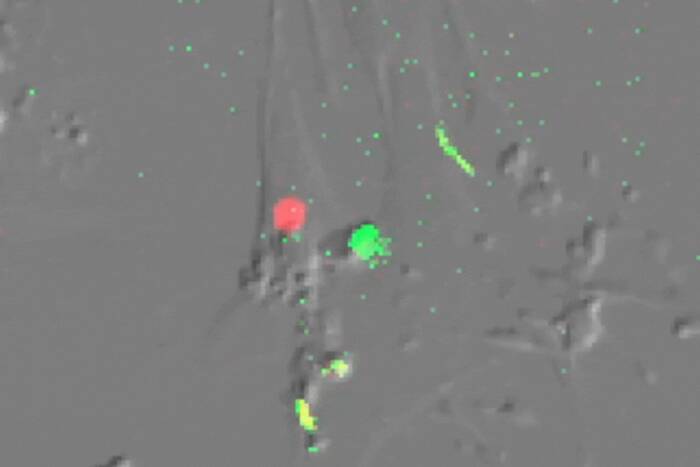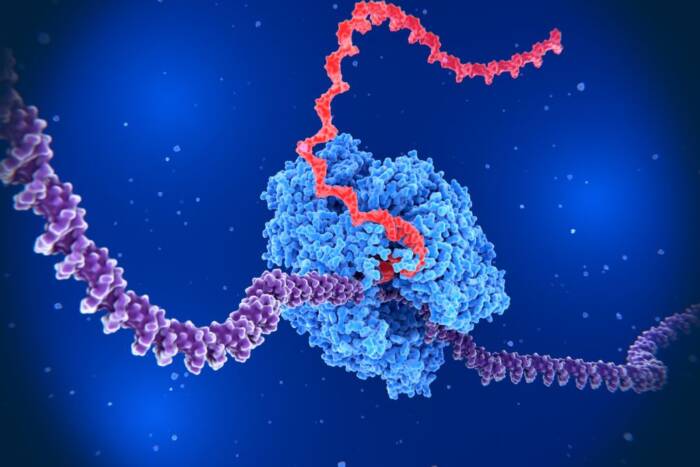Animal study suggests two amino acids may modulate addictive behavior
For some, living without alcohol, cigarettes or even coffee is a daily struggle. Others can give up their vices without ever looking back. From a biological standpoint, the difference may be as slight as a single amino acid, suggests new research from the Rockefeller University laboratories of Mary Jeanne Kreek and Paul Greengard. By tracking individual amino acids in a single protein in mice, and noticing how they change when the mice are given access to cocaine, scientists are beginning to understand how an individual’s underlying genetics can reinforce his addictive behavior.
In cocaine addiction, a main chemical pathway that is activated in the brain involves a small protein called dopamine, which, among other responses, induces feelings of pleasure. Cocaine elevates levels of dopamine, increasing feelings of well-being and reinforcing the desire to use the drug. In the early 1980s, Greengard’s lab discovered a protein called DARPP-32 that controls how a nerve cell responds to the activation of its dopamine receptors.
“The function of DARPP-32 is controlled by four amino acids, which, when phosphorylated, all have different effects,” says Yong Zhang, a research associate in the Kreek lab and first author of the paper. “We wanted to know what the contribution of each of these amino acids was to the cocaine response, what role the phosphorylation of each played in reinforcing addiction.”
Per Svenningsson, research assistant professor in the Greengard lab, along with colleagues at Yale University, decided to create four lines of mice, each with a single amino acid change inactivating one of the four DARPP-32 activation sites. Mice from each of the four lines were then taught how to give themselves doses of cocaine by poking a lever with their noses, and Zhang measured the number of doses they gave themselves.
“As Zhang used lower and lower doses of cocaine, she found that two of the lines of mice were pressing the lever significantly more often than the others,” says Kreek. “They were desperately trying to achieve the dopamine surge and reward high that they had gotten initially, but because of the single amino acid changes, they weren’t getting that high. As the chemical response became less, they looked for more and more of the drug.”
The findings implicate two amino acids as a critical element in the genetics of addiction, and they solidify an important role for DARPP-32 in reinforcing the effects of cocaine through the dopamine pathway. “What this means for people,” says Kreek, “is that we have to be careful. Functional variations in DARPP-32 could actually make someone more vulnerable to developing a cocaine addiction, not less.”
Journal of Neuroscience 26(10): 2645-2651 (March 8, 2006)(opens in new window)


